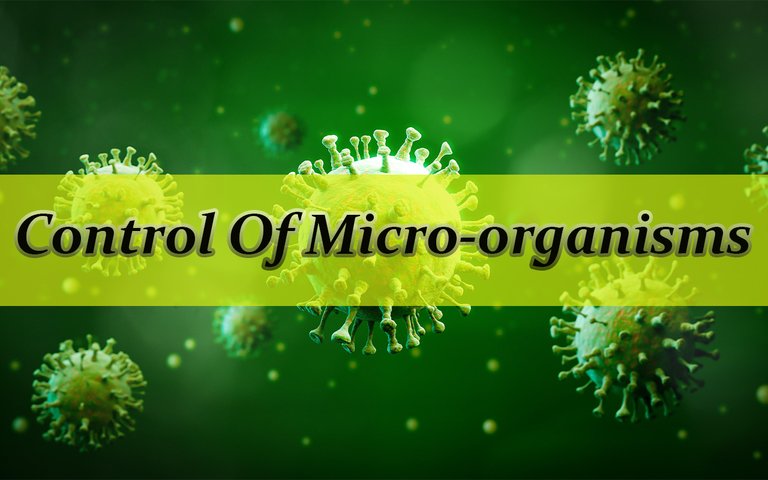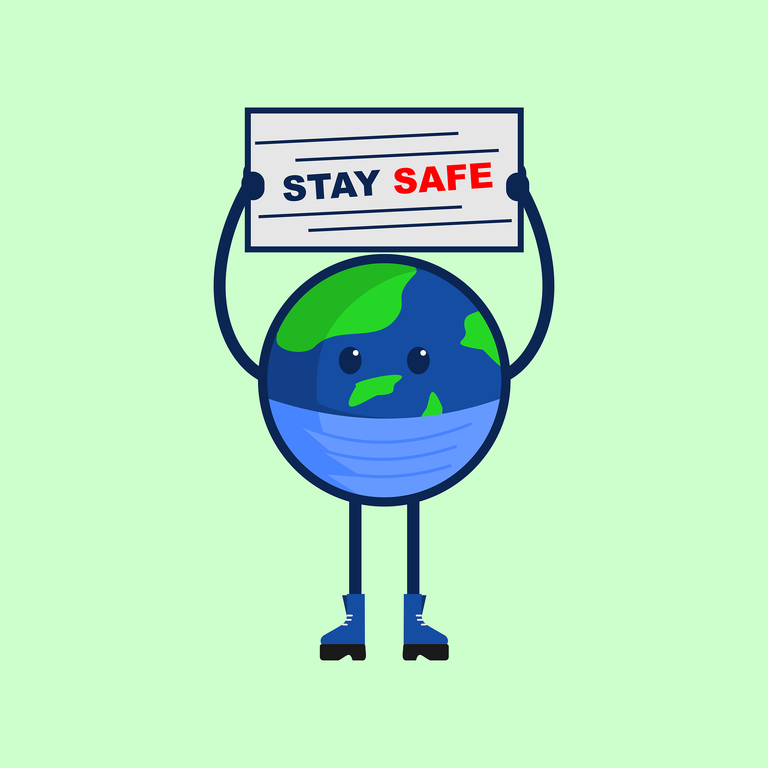
Infectious diseases are caused by pathogenic microorganisms like bacteria, viruses, fungi, and parasites. Preventing their spread is crucial for individual and community well-being. In this article, we will explore practical methods, from personal hygiene to medical interventions, that help control these organisms.
Pathogenic microorganisms, commonly known as pathogens, are microorganisms such as bacteria, viruses, fungi, or protozoa that can cause diseases in humans, animals, and plants. These microorganisms have developed different ways to survive and cause diseases. to infect host organisms, evade the immune system, and reproduce within the host, leading to illness.

To prevent the spread of infectious diseases, it is very necessary to kill, control, or prevent the growth of microorganisms that cause or transmit these diseases.
There are several ways or methods to kill, control, or prevent the growth of microorganism; some of them are:
- High temperature
- Use of antiseptics
- Use of antibiotics
- Dehydration
- Personal hygiene
- Immunization/Vaccination
1. High temperature: Most disease-causing microorganisms grow and multiply rapidly around 37 degrees Celsius, which is the normal body temperature. At low temperatures, their growth is inhibited, but at high temperatures, they are killed. Therefore, we can get rid of them by:
Cooking our food properly before consumption Cooking food at high temperatures, typically above 70°C (160°F), can kill most bacteria, viruses, and parasites.
Boil water before drinking. Boiling water at 100°C (212°F) kills most microorganisms, making it safe to drink. It is advisable to boil water for at least one minute to ensure it's safe, especially in areas where the quality of tap water is poor.
Boiling contaminated objects for 30 minutes or heating them in an oven at 160 degrees Celsius
**2. Use of antiseptics and disinfectants: Antiseptics are chemicals that kill or prevent the growth of disease-causing microorganisms. They contain mild chemicals or dilute solutions of strong chemicals that can be safely applied to the body. Antiseptics are used or applied to cuts, abrasions, and wounds on our body to prevent bacteria or infection.
Common examples of antiseptics are alcohol, boric acid, and iodine.
Disinfectants are chemicals that are used to control the growth of harmful microorganisms. However, they are stronger chemicals than antiseptics, and so they cannot be applied to the body.
They are used on non-living things and surfaces. Carbolic acid is an example of a disinfectant used for disinfecting floors. It is very effective at killing microorganisms, and it is mostly used in hospitals.
3. Antibiotics: Antibiotics are chemicals that are low in concentration. They can selectively kill or prevent the growth of most pathogenic microorganisms.
The amazing fact about antibiotics is that they are produced by microorganisms like fungi and bacteria, and they are not harmful to humans.
For example, the antibiotic penicillin G is produced by the blue-green mold called penicillium.
Antibiotics interfere with the synthesis of cell walls in bacteria, especially gram-positive bacteria, and prevent their growth. It has no effect on the cells of higher organisms (humans).
Antibodies like chloramphenicol and tetracycline are very effective against both gram-positive and gram-negative bacteria.
Note
Gram-positive bacteria are bacteria that have a thick peptidoglycan layer; they retain a crystal violet stain and appear purple or blue under the microscope. They are generally susceptible to antibiotics like penicillin due to their thick cell walls.
Gram-negative bacteria are bacteria that have a thinner peptidoglycan layer, do not retain crystal violet, and take up counterstain. They usually appear red or pink under the microscope.
4. Dehydration: Water is one of the agents that promote the growth and multiplication of microorganisms. Removal of water, which is dehydration, would therefore prevent or control the growth of microorganisms.
Sun drying is one practical way to kill microorganisms in bedding and clothes. The ultraviolet rays in sunlight kill microorganisms.
5. Personal Hygiene: Personal hygiene refers to the practices, routines, and habits that individuals adopt to maintain their cleanliness and overall health. It involves taking care of one's body, clothing, and overall appearance to prevent the spread of illness and infections, as well as to promote physical and mental well-being.
Sweat and oily secretions from the body can make the skin dirty. The stale sweat gives off an unpleasant smell and can make the skin an ideal breeding place for microorganisms like mosquitoes, lice, and fleas. Keeping the skin clean involves bathing at least twice a day with clean water and soap.
Scrubbing and washing the skin well removes dead skin cells, sweat, and oil from the body, thus contributing to our general wellbeing.
Brushing the teeth regularly, keeping short and clean nails, and wearing shoes to protect the feet also help to prevent microorganisms.
6. Immunization/Vaccination: This involves giving people injections that serve as immunity against deadly diseases.
Vaccines have played a significant role in the prevention of diseases such as polio, measles, mumps, rubella, influenza, hepatitis, and many others. They help control the effects of microorganisms.
| Preventive Measures for Individuals | Preventive Measures for Public Health |
|---|---|
| keep yourself and personal items clean | wash your hands before preparing and after serving meals |
| wash your hands after using the toilet | always cough or sneeze into a handkerchief or tissue |
| cover foods well | Throw all rubbish or trash into covered bins for disposal |
| keep the house, rooms and surroundings clean | avoid sharing personal items like towels and toothbrushes |
In conclusion, staying healthy is a shared responsibility. By following basic hygiene, getting vaccinated, and using effective treatments, we can prevent the spread of infectious diseases. Simple habits, like washing hands and keeping our surroundings clean, go a long way toward safeguarding our well-being.

image thumbnail from freepik
second image from freepik
last image from pixabay
There is reasonable evidence that this article is machine-generated. Posting such content is considered fraud. Fraud is discouraged by the community and may result in the account being Blacklisted.
Guide: AI-Generated Content = Not Original Content
If you believe this comment is in error, please contact us in #appeals in Discord.